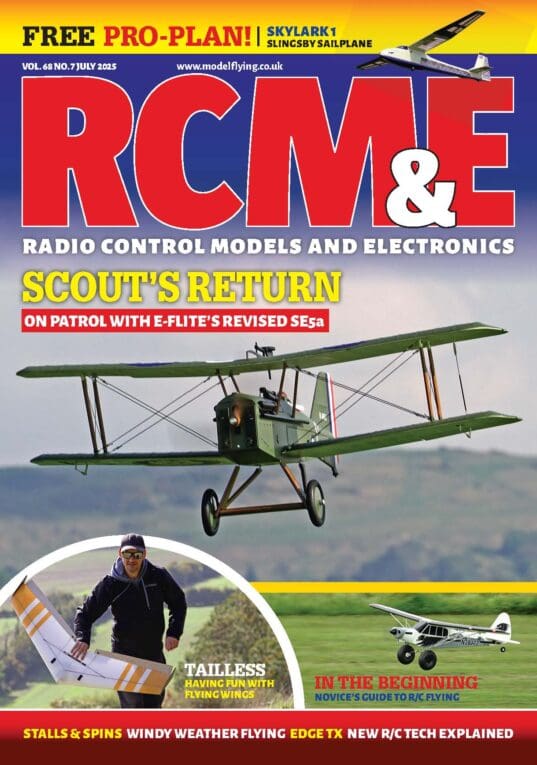The most economical way to obtain some new leads is likely to be to buy some 300mm extension leads and to cut them down to length. This size extension lead is by far the most popular, so they are likely to be cheaper than buying a servo lead alone. Female to female leads are also available, which can be cut in half.



Enjoy more RCM&E Magazine reading every month.
Click here to subscribe & save.


YOU WILL NEED
Servo leads
Electrical wire cutters
Cutting mat
Sharp scalpel
Bench vise w/soft jaws
Soldering iron & solder
Needle nose pliers
Heat shrink tubing
Heat gun
DID YOU KNOW?
Since the introduction of the Restriction of Hazardous Substances Directive (RoHS) mass produced consumer electronic goods sold in Europe are likely to have been made using lead free solder, including our R/C sets and accessories. But for hobbyist use it is still possible to buy and use leaded solder, including the most popular 60/40 (tin/lead) types with a rosin (flux) core.
If you have good soldering technique and use high quality soldering equipment, usually in the form of a temperature-controlled soldering station, then you should be able to get very good results when hand soldering with lead free solder. There is no argument that this is the best method for the environment.
However, it’s likely that most modellers will solder infrequently and not have terribly good or well-honed soldering technique, plus be using a cheap plug-in household soldering iron. In such cases you’ll probably get better results and more conductive/stronger joints if you use 60/40 solder. (But not that 30-year-old reel that you found in the back of the man draw, please!)
One thing to avoid is mixing jobs with lead free and tin/lead solders. So, for this project, if you buy new servo leads with pre-tinned wires, they are almost certain to have been made using lead free solder, so you should only use lead-free solder to connect them. If you only have 60/40 solder, then please cut off the tinned ends and re-tin them yourself. This goes for other pre-tinned wires too, such as those supplied with ESC’s.




